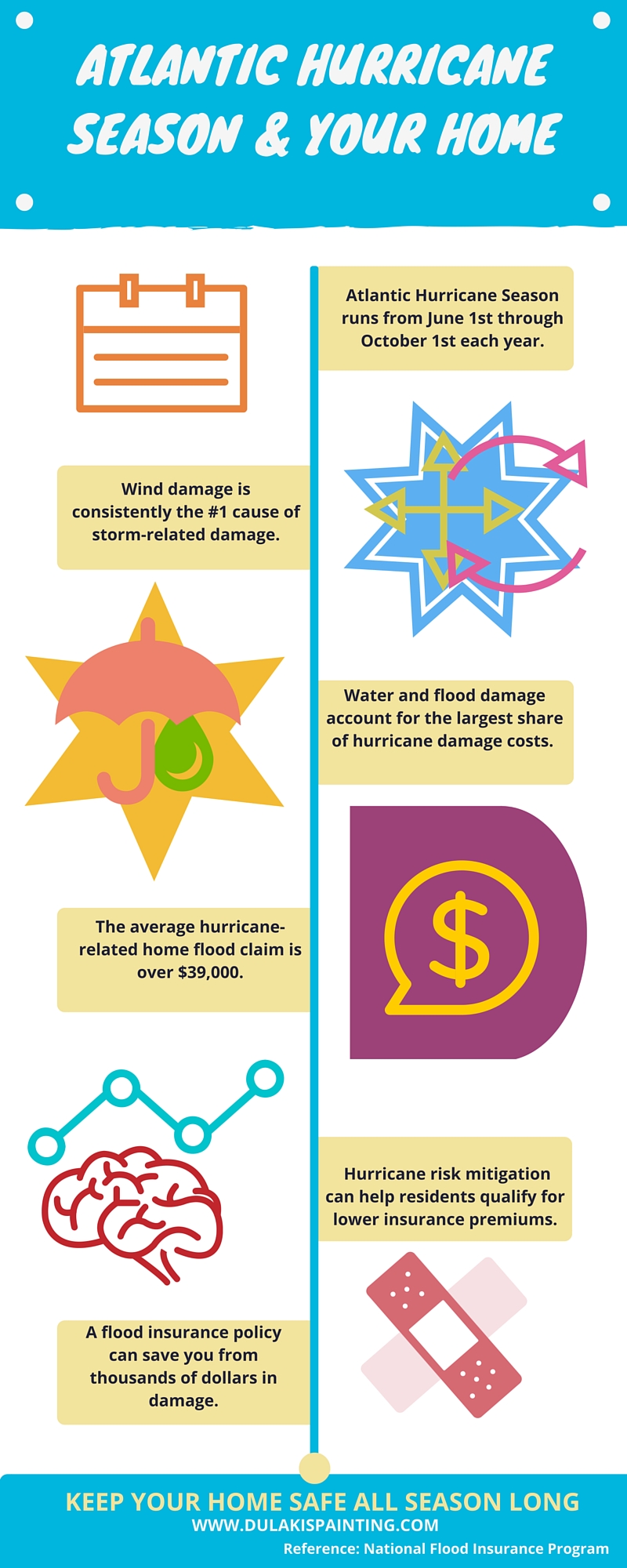Secret Seasonal Considerations For Commercial Outside Painting: What You Required To Be Educated Regarding
Secret Seasonal Considerations For Commercial Outside Painting: What You Required To Be Educated Regarding
Blog Article
Composed By-Regan Celik
When you're preparing a commercial outside painting project, seasonal elements can make or damage your results. You'll wish to think about exactly how temperature level and humidity impact paint application and drying times. Picking the appropriate season can guarantee your paint sticks appropriately and lasts much longer. But which seasons are genuinely the very best for this kind of work? Allow's explore the key elements that can affect your task's success.
The Influence of Temperature Level on Paint Application
When you're planning a commercial outside painting task, the temperature level can dramatically affect exactly how well the paint sticks and dries.
Ideally, you want to paint when temperature levels range in between 50 ° F and 85 ° F. If it's too cold, the paint may not treat correctly, bring about problems like peeling off or fracturing.
On the flip side, if it's as well warm, the paint can dry too promptly, avoiding appropriate attachment and causing an uneven finish.
You ought to likewise take into consideration the moment of day; morning or late afternoon provides cooler temperatures, which can be more positive.
Constantly examine the supplier's recommendations for the particular paint you're utilizing, as they typically offer advice on the suitable temperature variety for ideal outcomes.
Moisture and Its Effect on Drying Times
Temperature isn't the only environmental element that affects your commercial external paint project; humidity plays a considerable duty as well. High moisture levels can decrease drying times dramatically, impacting the overall high quality of your paint job.
When the air is filled with dampness, the paint takes longer to treat, which can cause issues like poor attachment and a greater risk of mildew development. If you're painting on a particularly moist day, be planned for prolonged delay times in between coats.
It's important to check local climate condition and plan appropriately. Preferably, aim for humidity levels in between 40% and 70% for optimum drying.
Keeping these factors in mind guarantees your task stays on track and provides a lasting surface.
Best Seasons for Commercial Exterior Paint Projects
What's the best time of year for your industrial external painting projects?
Spring and very early fall are normally your best choices. During plymouth house staining , temperatures are mild, and moisture levels are often lower, producing perfect problems for paint application and drying out.
Avoid summer season's intense heat, which can trigger paint to completely dry also promptly, resulting in poor adhesion and coating. Likewise, sherwin williams free color consultation can hinder appropriate drying and treating, running the risk of the longevity of your paint task.
Aim for days with temperatures in between 50 ° F and 85 ° F for optimal outcomes. Remember to examine the neighborhood weather report for rain, as damp problems can spoil your task.
Preparation around these elements guarantees your paint task runs smoothly and lasts much longer.
Conclusion
In conclusion, preparing your industrial external painting projects around seasonal factors to consider can make a significant difference in the result. By scheduling job during the perfect temperature levels and humidity levels, you'll ensure better bond and drying times. Remember to keep an eye on regional weather report and select the correct time of year-- spring and early loss are your best bets. Taking these steps will aid you attain a long lasting and expert surface that lasts.
